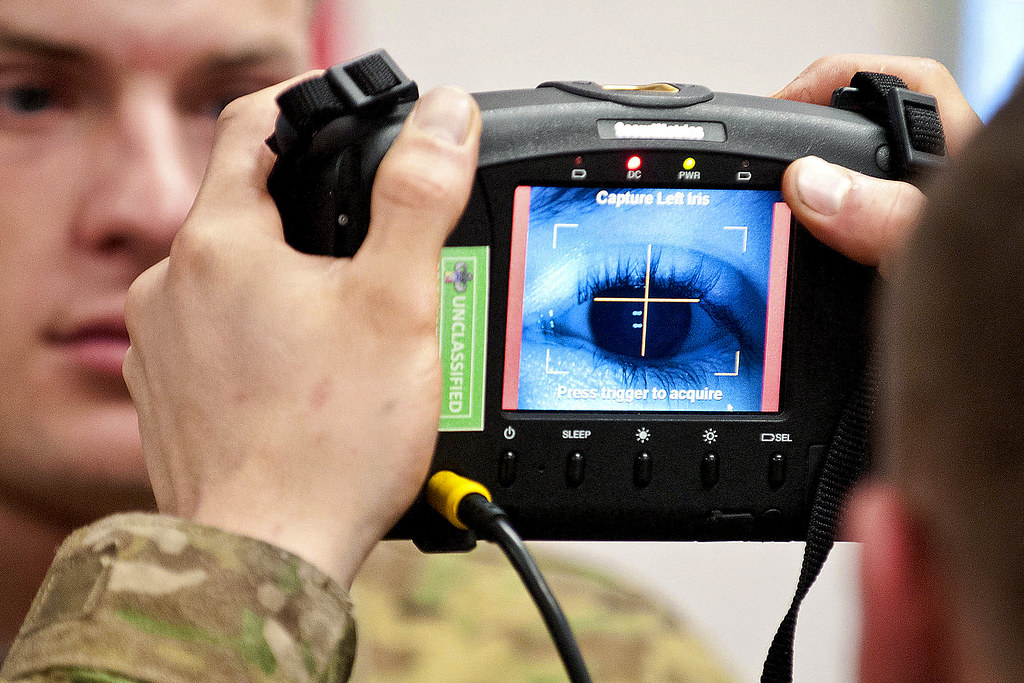The Federal Bureau of Investigation is slowly expanding its identification systems to soon include iris scans and palm print scans. This is part of the FBI’s Next Generation Identification (NGI) system, which has been in development for close to a year.
Douglas Sprouse, a program analyst with the FBI’s Biometric Service Section, provided updates on their progress at the 2021 Federal Identify Forum and Expo earlier in the week.
The NGI established its new Iris Service (NGI-IS) in September last year with 1.8 million iris images. The images were collected from federal agencies across 16 states, which were gathered via a multi-year pilot program that was launched in 2013.

Sprouse said they are also now adding palm prints to the NGI system. He said the Iris scans and palm prints will act as a supplement to, rather than a replacement for, traditional fingerprints collected by the FBI.
As of today, the FBI’s Biometric Services Section and its National Palm Print System (NPPS) has more than 50 million prints, equating to about 24.3 unique profiles. The database is growing rapidly as federal agencies and other departments are now actively submitting palm prints every day.
Sprouse said the challenge for them now is to match all of the data they have in order for the system to be effective. To achieve this, the FBI is relying on data collected in wants and warrants as well as databases such as the sex offender registry and the immigration violators file.
He said another challenge would be how they can equip participating agencies with the right tools to collect data. Iris scans are collected using special digital image capturing equipment.

